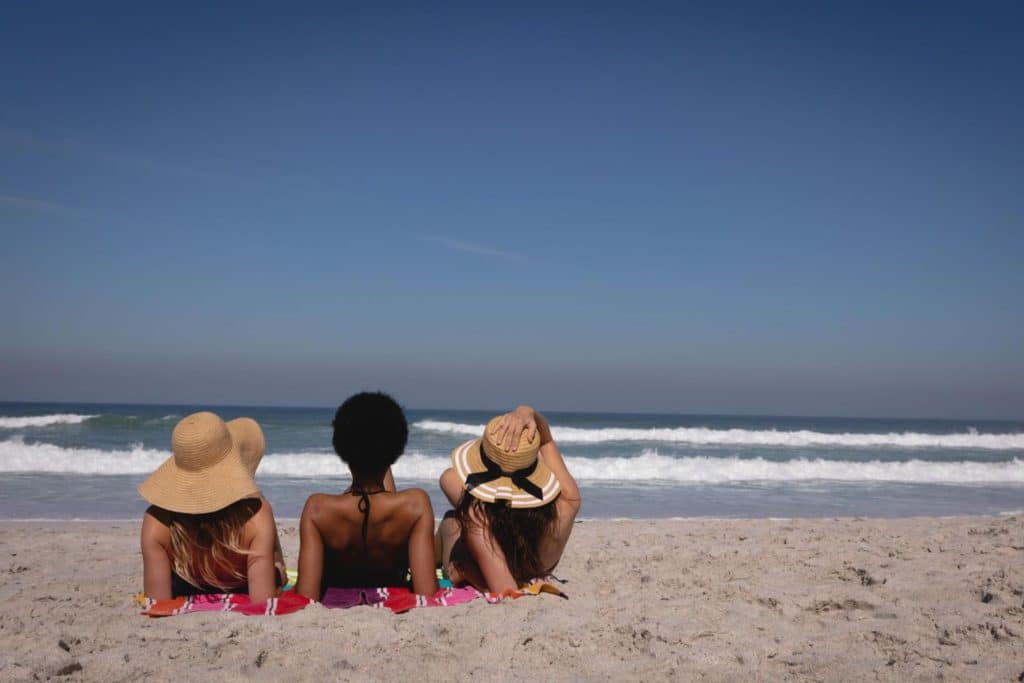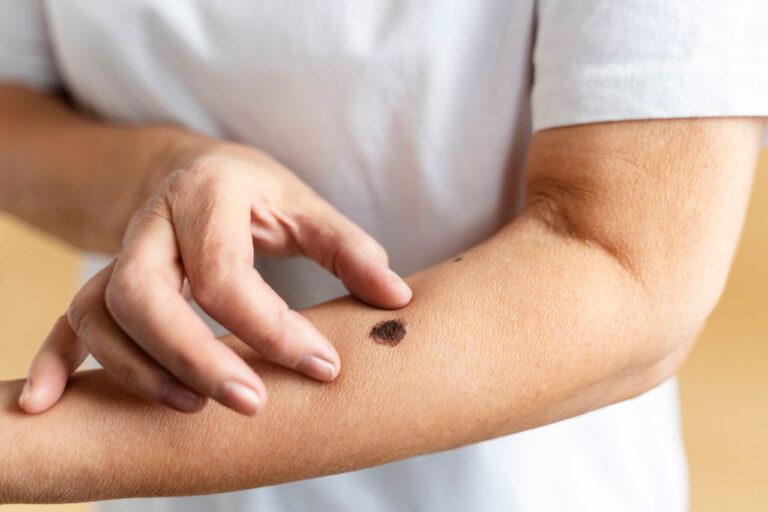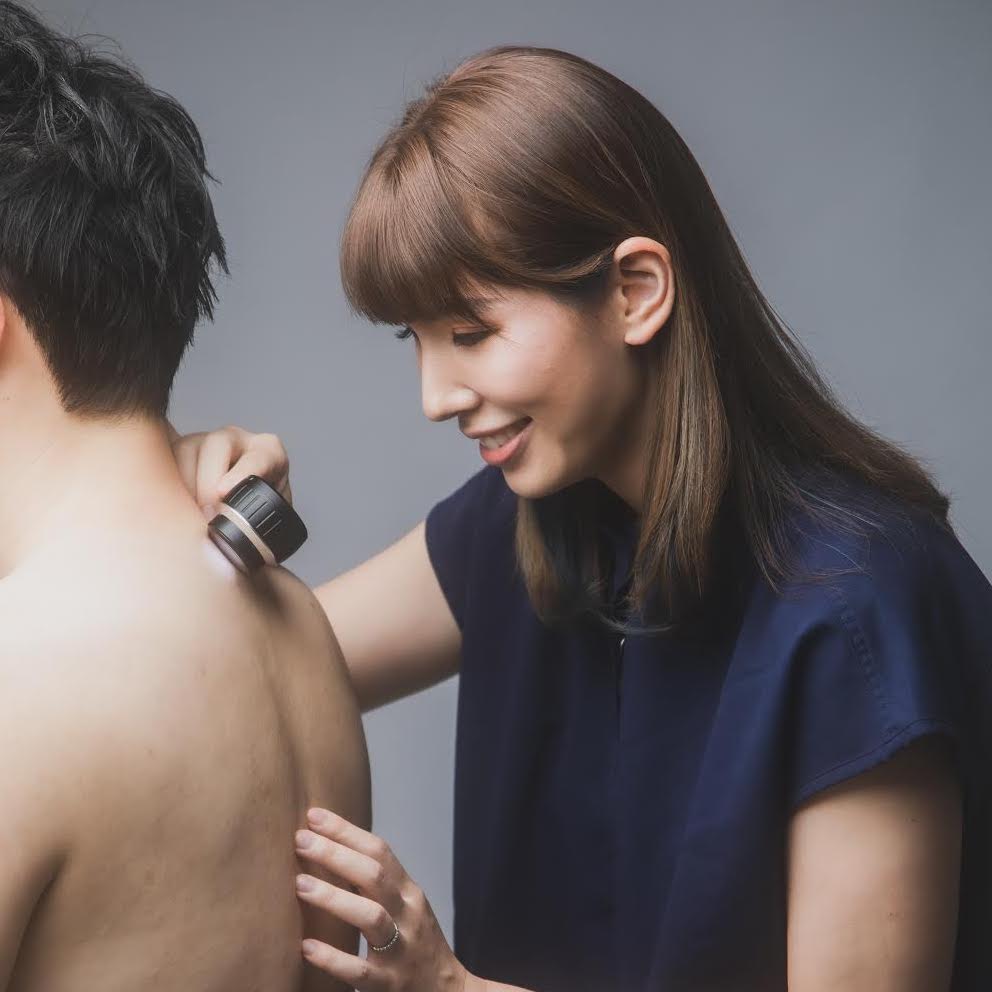Climate and geography play a crucial role in skin cancer prevalence, influencing UV exposure, ozone depletion, altitude, and behavioural patterns. Australia has one of the highest skin cancer rates globally, largely due to intense ultraviolet (UV) radiation and a fair-skinned population living in a high-risk environment.
Understanding the relationship between climate, geography, and skin cancer rates can help individuals and policymakers implement more effective sun protection strategies.
Why Australia Has One of the Highest Skin Cancer Rates in the World
1. High UV Index Due to Geographic Location
- Australia is located near the equator, where UV radiation is more intense throughout the year.
- During the Southern Hemisphere’s summer (December to February), the Earth is closer to the sun, increasing UV radiation exposure by 3% compared to the Northern Hemisphere.
- Queensland has the highest melanoma rates globally, with an incidence of 41–55 cases per 100,000 people.
2. High Proportion of Fair-Skinned Individuals in a High-UV Region
- Australia’s population is predominantly of European descent, with lighter skin tones more vulnerable to UV damage.
- Light-skinned individuals who move to high-UV areas have significantly increased skin cancer risk.
3. Outdoor Lifestyle and Sun Exposure
- Australians spend more time outdoors, participating in beach activities, sports, and outdoor work.
- Despite high awareness of sun safety, UV exposure remains a major public health concern.
The Role of UV Index and Ozone Layer Depletion in Skin Cancer Risk
1. The UV Index and Its Impact
- The UV index is a standardised measure of UV radiation intensity.
- A UV index above 3 requires sun protection, yet many regions in Australia, South America, and Africa experience levels above 10 daily.
- At high altitudes, UV exposure increases by 8–12% for every 1,000 metres gained.
2. Ozone Layer Depletion and Increased UV Radiation
- The ozone layer absorbs harmful UVB rays, reducing skin cancer risk.
- The depletion of the ozone layer due to human-made chemicals (CFCs) has increased UV radiation reaching Earth’s surface.
- Ozone thinning has led to increased skin cancer rates in high-risk regions such as Chile, Australia, and New Zealand.
- The Montreal Protocol (1987) aimed to reduce ozone-depleting substances, and scientists expect ozone recovery by 2065.

High-Risk Locations for Skin Cancer and Why They Matter
Certain regions have higher skin cancer rates due to their latitude, altitude, and environmental factors.
1. High-Risk Countries and Regions
- Australia and New Zealand – Highest melanoma incidence globally, due to high UV exposure and fair-skinned population.
- Southern Chile and Argentina – Ozone depletion has led to increased melanoma and non-melanoma skin cancer rates.
- Parts of Africa and South America – Strong equatorial UV exposure, but lower skin cancer rates due to darker skin tones providing natural melanin protection.
- High-altitude locations (e.g., Bolivia, Nepal, Colorado) – Thinner atmosphere increases UV exposure, raising skin cancer risk.
2. Urban vs. Rural Differences
- Rural areas often have higher UV exposure due to outdoor work, increasing non-melanoma skin cancer rates.
- City dwellers may be exposed to high UV levels due to reflective surfaces (glass, pavement).
Seasonal Changes and Skin Cancer Risk: What You Need to Know
1. Seasonal UV Variations
- Summer (December–February in Southern Hemisphere, June–August in Northern Hemisphere) – Highest UV exposure and highest skin cancer risk.
- Spring and Autumn – UV exposure remains high but often underestimated.
- Winter – Lower UVB radiation, but UVA exposure remains significant, leading to cumulative skin damage.
2. UV Reflection in Different Seasons
- Snow reflects up to 80% of UV rays, increasing exposure in winter sports enthusiasts.
- Water and sand can reflect up to 25% of UV radiation, intensifying sun exposure at the beach.
Tip: Even on cloudy days, up to 50% of UV rays penetrate cloud cover. Sun protection is essential year-round.

How to Adjust Sun Protection Strategies Based on Your Location
1. Sun Protection in High-Risk Regions (Australia, New Zealand, Chile)
- Apply SPF 50+ sunscreen daily, even in winter.
- Avoid sun exposure between 10 AM and 4 PM.
- Wear UV-protective clothing, hats, and sunglasses.
2. Sun Safety at High Altitudes (Mountainous Areas, Ski Resorts)
- Use SPF 50+ sunscreen with zinc oxide to protect against UV reflection.
- Wear ski goggles with UV protection to prevent snow blindness.
- Apply lip balm with SPF to protect lips from chapping and sunburn.
3. Urban Sun Protection
- Use sunscreen daily, especially near glass buildings that reflect UV rays.
- Seek shade when walking outside, as pavement and roads reflect sunlight.
4. Beach and Water Safety
- Use water-resistant sunscreen and reapply every two hours.
- Stay in the shade whenever possible, and wear a wide-brimmed hat.
Final Thoughts: Sun Protection Is Essential Everywhere
Regardless of climate or location, sun protection is essential to reduce the risk of skin cancer and premature ageing.
Key Takeaways:
- Australia has the highest skin cancer rates due to intense UV exposure and a fair-skinned population.
- Ozone depletion has increased UV exposure, affecting skin cancer rates globally.
- High-risk locations include equatorial regions, high-altitude areas, and countries with outdoor lifestyles.
- Seasonal UV variations affect skin cancer risk year-round.
- Tailor sun protection strategies to your location and lifestyle.
📢 Stay sun-safe wherever you are! Book a skin cancer check today at ISO Skin Cancer Clinic. 🌞.






